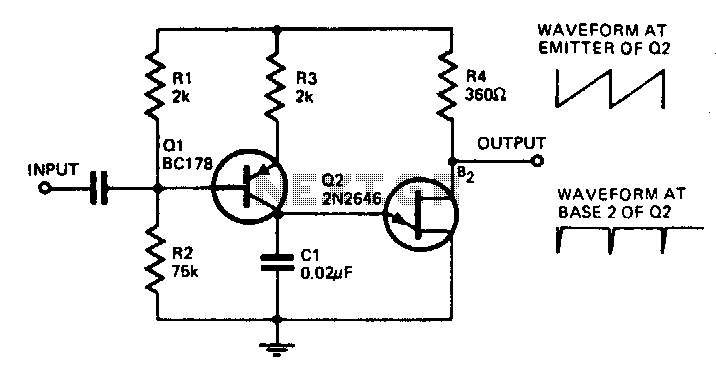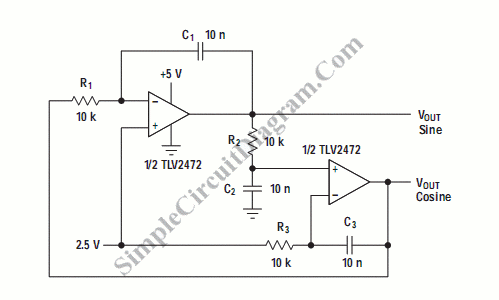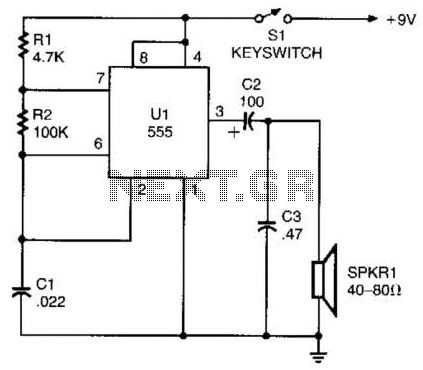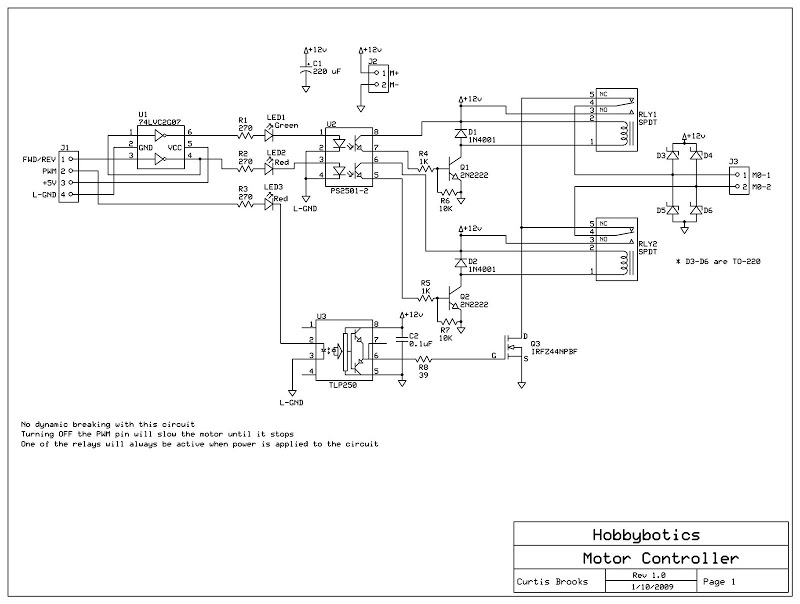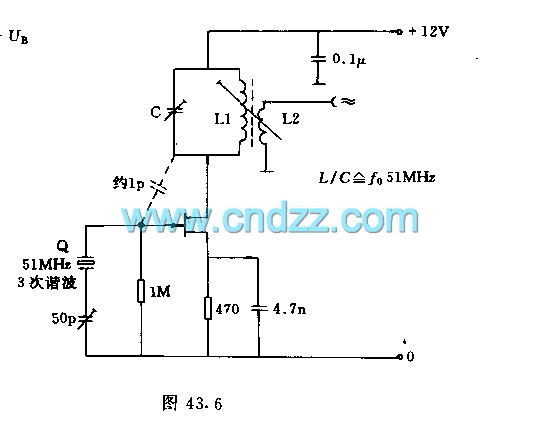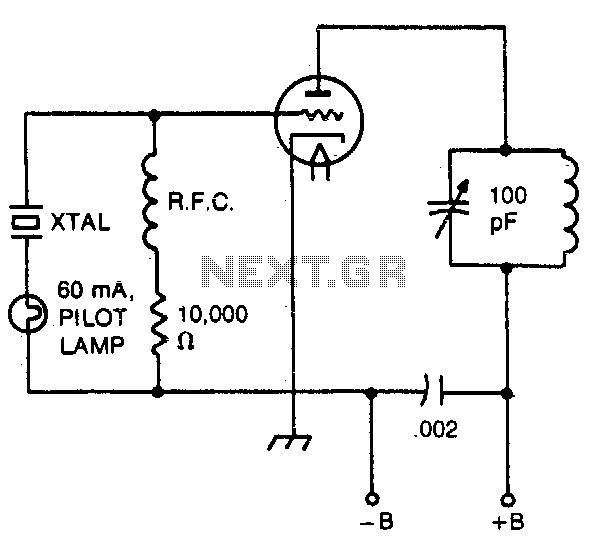
wein bridge oscillator
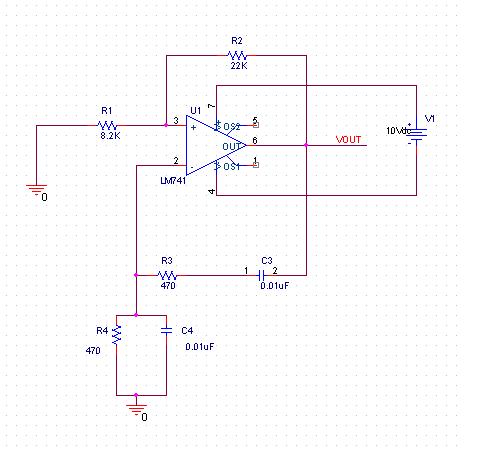
A practical project is being conducted using the LM741 operational amplifier configured as a Wien bridge oscillator. The component values are specified as follows: C1 = C2 = 0.01 µF, R1 = R2 = 3 kΩ, Rf = 2 kΩ, and Ra = 1 kΩ.
The Wien bridge oscillator is a type of electronic oscillator that generates sine waves. It utilizes a configuration of resistors and capacitors to establish the necessary phase shift for oscillation. The LM741 operational amplifier serves as the active element in this circuit, amplifying the signal and maintaining the oscillation.
In this specific configuration, the capacitors C1 and C2, each valued at 0.01 µF, are used to create a frequency-determining network. The resistors R1 and R2, both set at 3 kΩ, form a voltage divider that ensures the correct gain for the oscillator. The feedback resistor Rf, valued at 2 kΩ, and the resistor Ra, set at 1 kΩ, work together to stabilize the oscillation amplitude and allow for the automatic gain control characteristic of the Wien bridge oscillator.
The frequency of oscillation can be calculated using the formula:
\[ f = \frac{1}{2\pi R \sqrt{C_1 C_2}} \]
Where R is the resistance value of R1 and R2, and C1 and C2 are the capacitance values. Substituting the given values into the formula provides insight into the operating frequency of the oscillator.
It is essential to ensure that the LM741 is powered with appropriate supply voltages, typically ±15 V, to achieve optimal performance. Additionally, a light bulb or thermistor may be incorporated into the circuit to provide automatic gain control, allowing the oscillator to maintain a consistent amplitude despite variations in component tolerances or power supply fluctuations.
The final output waveform can be observed on an oscilloscope, demonstrating the sine wave characteristics typical of a Wien bridge oscillator. Proper layout and grounding techniques should be employed during the construction of the circuit to minimize noise and ensure stable operation.hello, i am doing a practical on lm 741. i want to make it to use it as an wein bridge oscillator.the value of c1=c2=0.01uF, R1=R2=3K, Rf=2k, Ra=1k.acc.. 🔗 External reference
The Wien bridge oscillator is a type of electronic oscillator that generates sine waves. It utilizes a configuration of resistors and capacitors to establish the necessary phase shift for oscillation. The LM741 operational amplifier serves as the active element in this circuit, amplifying the signal and maintaining the oscillation.
In this specific configuration, the capacitors C1 and C2, each valued at 0.01 µF, are used to create a frequency-determining network. The resistors R1 and R2, both set at 3 kΩ, form a voltage divider that ensures the correct gain for the oscillator. The feedback resistor Rf, valued at 2 kΩ, and the resistor Ra, set at 1 kΩ, work together to stabilize the oscillation amplitude and allow for the automatic gain control characteristic of the Wien bridge oscillator.
The frequency of oscillation can be calculated using the formula:
\[ f = \frac{1}{2\pi R \sqrt{C_1 C_2}} \]
Where R is the resistance value of R1 and R2, and C1 and C2 are the capacitance values. Substituting the given values into the formula provides insight into the operating frequency of the oscillator.
It is essential to ensure that the LM741 is powered with appropriate supply voltages, typically ±15 V, to achieve optimal performance. Additionally, a light bulb or thermistor may be incorporated into the circuit to provide automatic gain control, allowing the oscillator to maintain a consistent amplitude despite variations in component tolerances or power supply fluctuations.
The final output waveform can be observed on an oscilloscope, demonstrating the sine wave characteristics typical of a Wien bridge oscillator. Proper layout and grounding techniques should be employed during the construction of the circuit to minimize noise and ensure stable operation.hello, i am doing a practical on lm 741. i want to make it to use it as an wein bridge oscillator.the value of c1=c2=0.01uF, R1=R2=3K, Rf=2k, Ra=1k.acc.. 🔗 External reference
